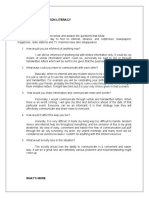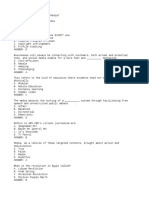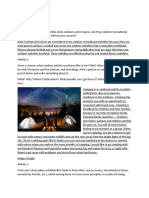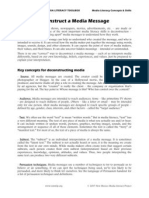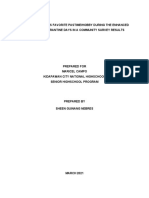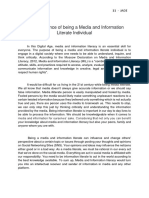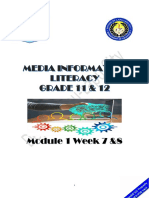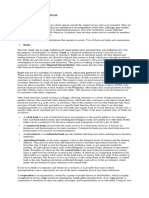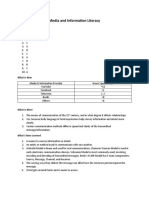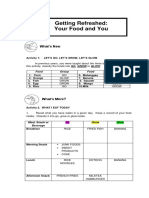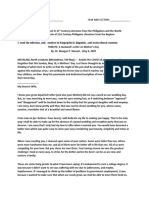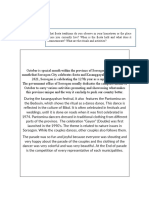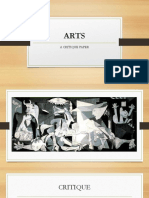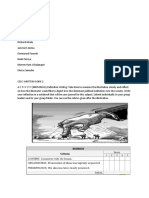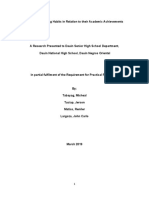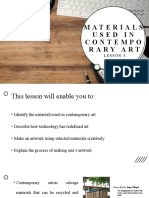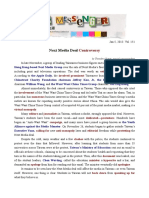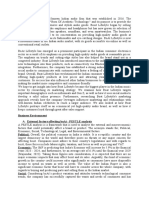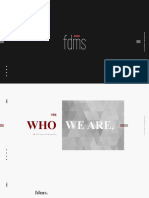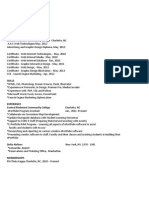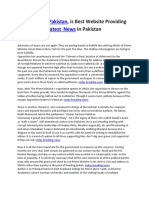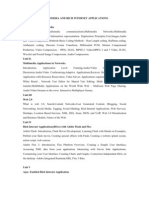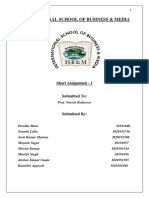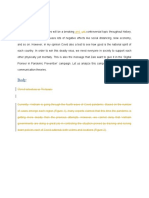100% found this document useful (1 vote)
2K views5 pagesAsynchronous Learning-For Online Class Students Only.
This document outlines an activity where the reader is asked to analyze a short amateur video on aspects like how it was created, materials used, and steps taken to make it entertaining. It also discusses basic principles of media literacy like how all media messages are constructed and can be deconstructed by examining their parts. Finally, it addresses identifying signs and symbols used in communities to convey information through verbal and visual languages.
Uploaded by
laurence uwuCopyright
© © All Rights Reserved
We take content rights seriously. If you suspect this is your content, claim it here.
Available Formats
Download as DOCX, PDF, TXT or read online on Scribd
100% found this document useful (1 vote)
2K views5 pagesAsynchronous Learning-For Online Class Students Only.
This document outlines an activity where the reader is asked to analyze a short amateur video on aspects like how it was created, materials used, and steps taken to make it entertaining. It also discusses basic principles of media literacy like how all media messages are constructed and can be deconstructed by examining their parts. Finally, it addresses identifying signs and symbols used in communities to convey information through verbal and visual languages.
Uploaded by
laurence uwuCopyright
© © All Rights Reserved
We take content rights seriously. If you suspect this is your content, claim it here.
Available Formats
Download as DOCX, PDF, TXT or read online on Scribd
/ 5

